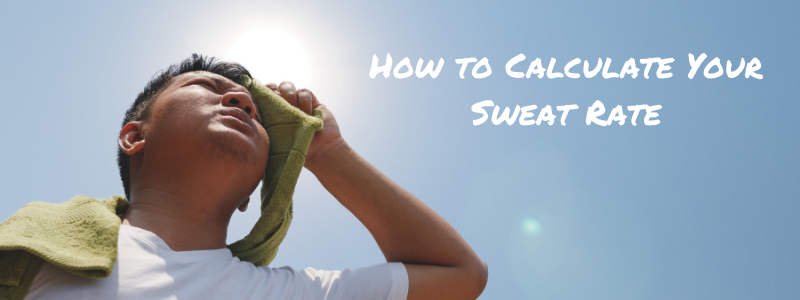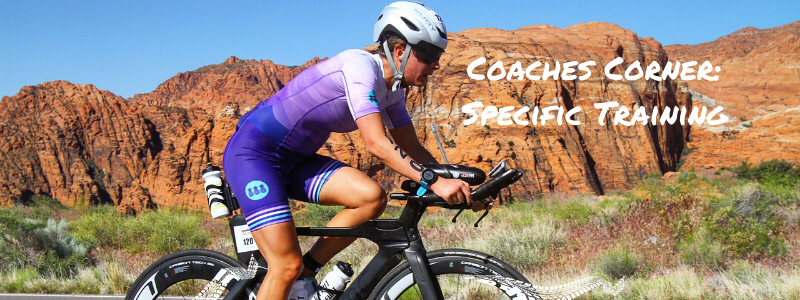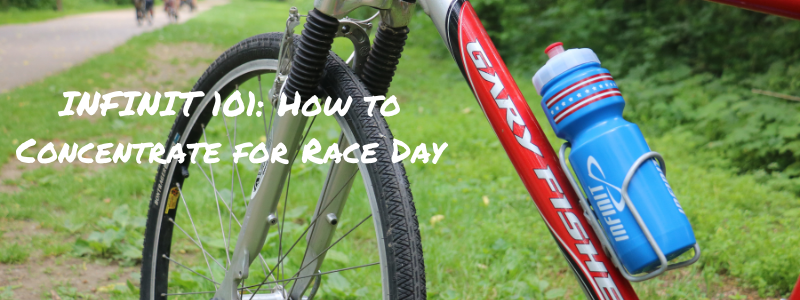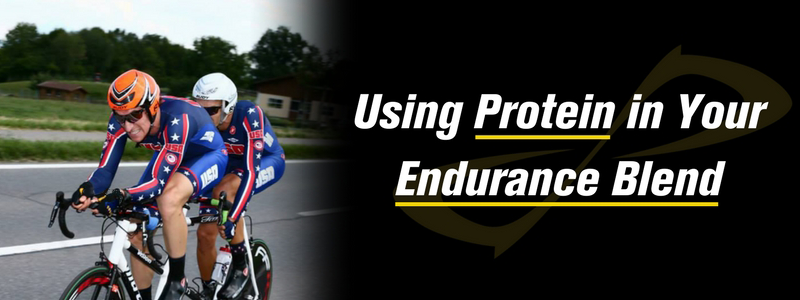The Sweat Rate Formula | How to Calculate Your Sweat Rate
- 13 Jul 2015

Every athlete should know how to calculate their sweat rate in order to have a hydration target. The goal is to see exactly how much dehydration you incur during your workout and in turn, determine your hourly fluid replacement (how much you need to drink). When you are done with this sweat rate formula, you will have a hydration target that you can use in both training and racing.
1. Empty you bladder and record you weight (nude or swim suit)
2. Pre-exercise weight = ___________ lbs.(A)
3. Do your usual workout, and drink like you normally would.
4. Record the approximate volume of fluid consumed during exercise.
How much you drank = ___________ fluid ounces (E)
5. Towel dry, empty your bladder and then record your weight (nude or swim suit).
Post-exercise weight = ___________ lbs.(B)
6. Subtract your post-exercise weight from your pre-exercise weight to get the number of pounds you lost during exercise.
Weight lost = _____lbs.(A) - ______lbs(B) = ________lbs.(C)
7. To find out how many fluid ounces of water you have lost,
multiply pounds x 16 _____lbs(C) x 16 = ________ fluid ounces of water you lost during exercise (D)
8. To determine hourly fluid replacement needs, add number of fluid ounces you lost during exercise (D) to the number of fluid ounces you consumed during exercise (E) and divide by total number of hours spent training.
(_____fluid ounces (D) + ___fluid ounces (E)) ÷ ___hours =_____fluid ounces needed each hour
Conditions that will increase sweat rate include heat, humidity, and elevated heart rate (high intensity training). Athletes should measure sweat rate across several workouts to determine their fluid replacement needs in various environmental conditions.
On race day, based on the forecast, the athlete that can go back to their log and know exactly what fluid they need to plan on ingesting to prevent performance declines associated with dehydration. Deaths have occurred when the air temperature was less than 75 degrees F (24 degrees C) but the relative humidity was above 95%. Humidity levels over 75% will contribute to an increased risk of heat injury.
*Note that a factor of 1.2-1.6 can be multiplied to hourly replacement needs when heat & humidity (>75%) are extreme.
This is a key component to any athlete’s performance.









